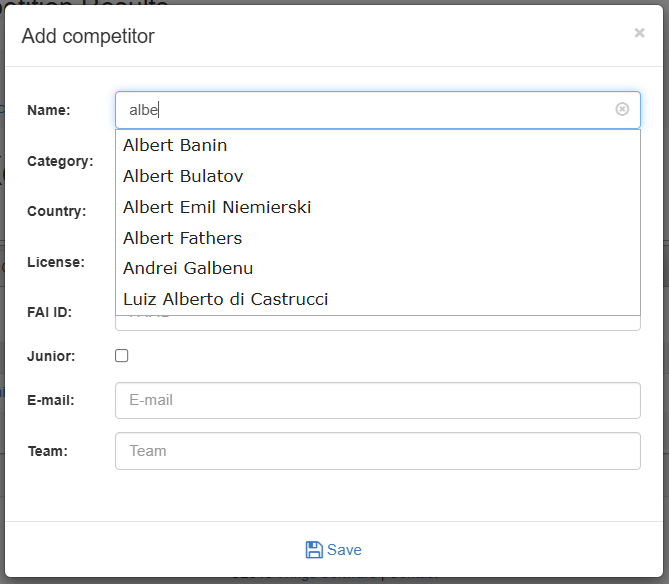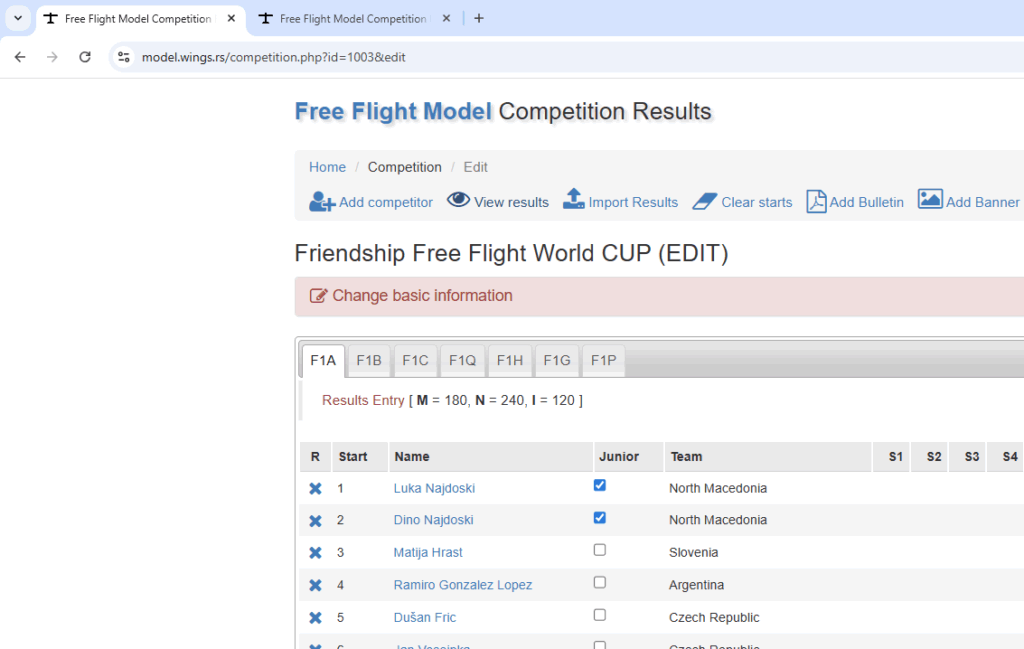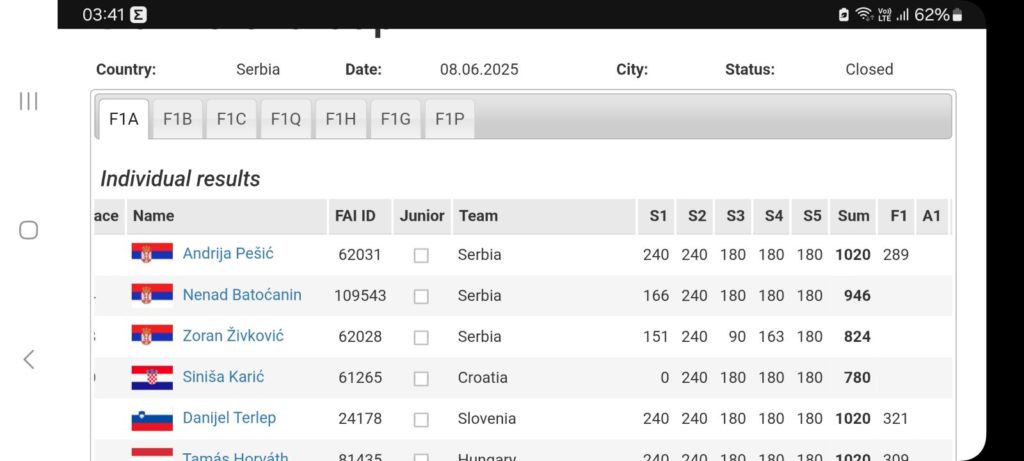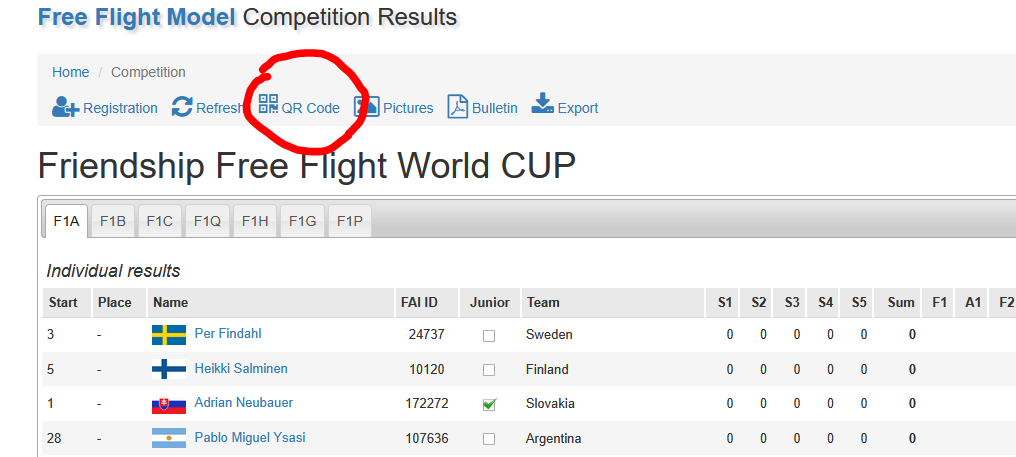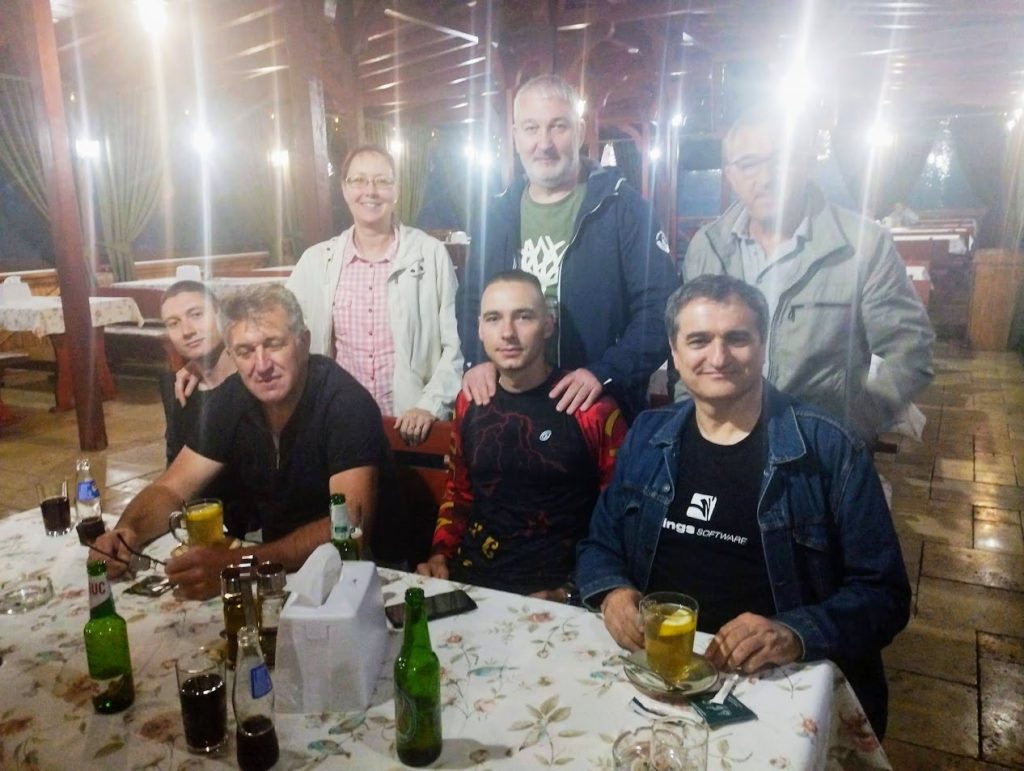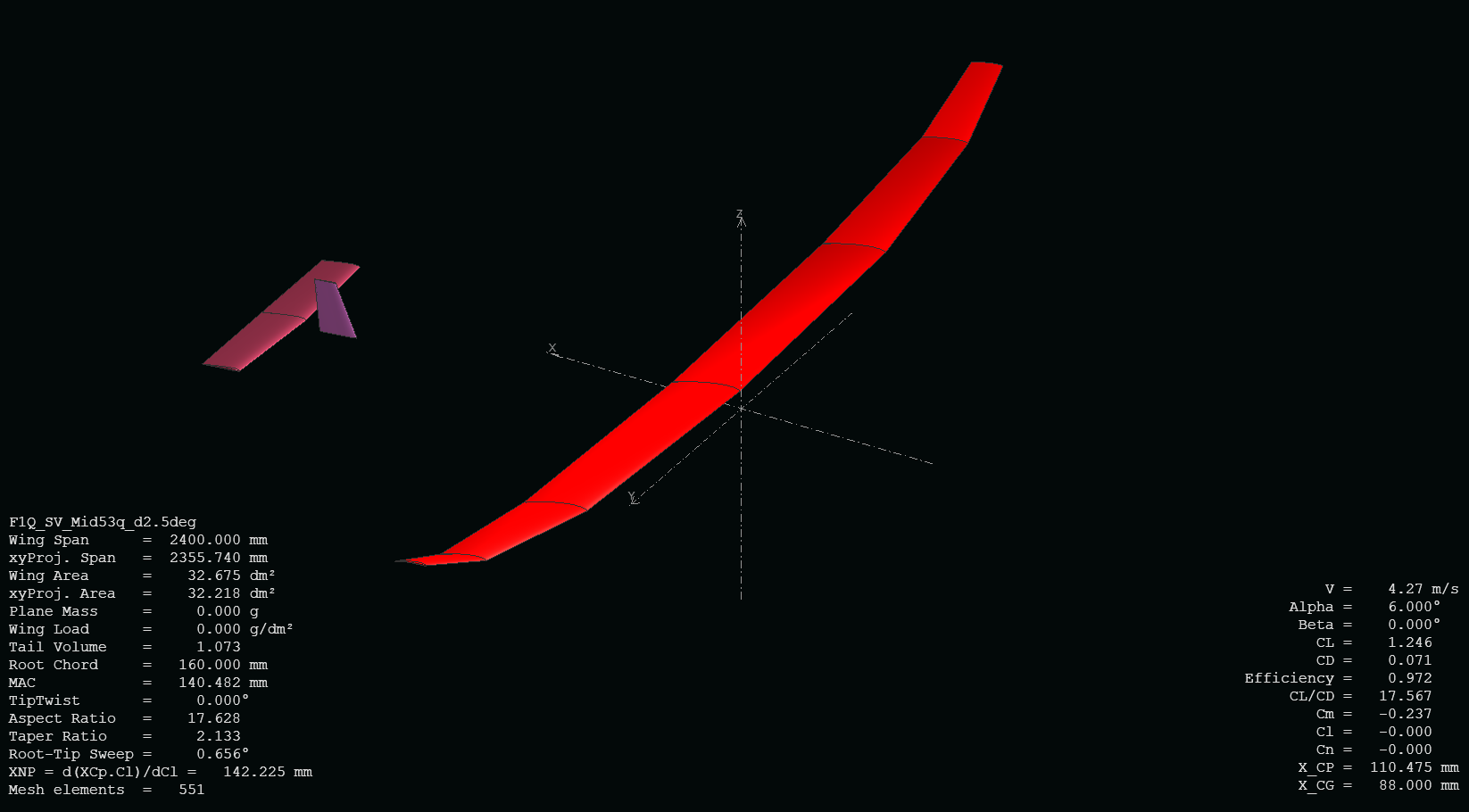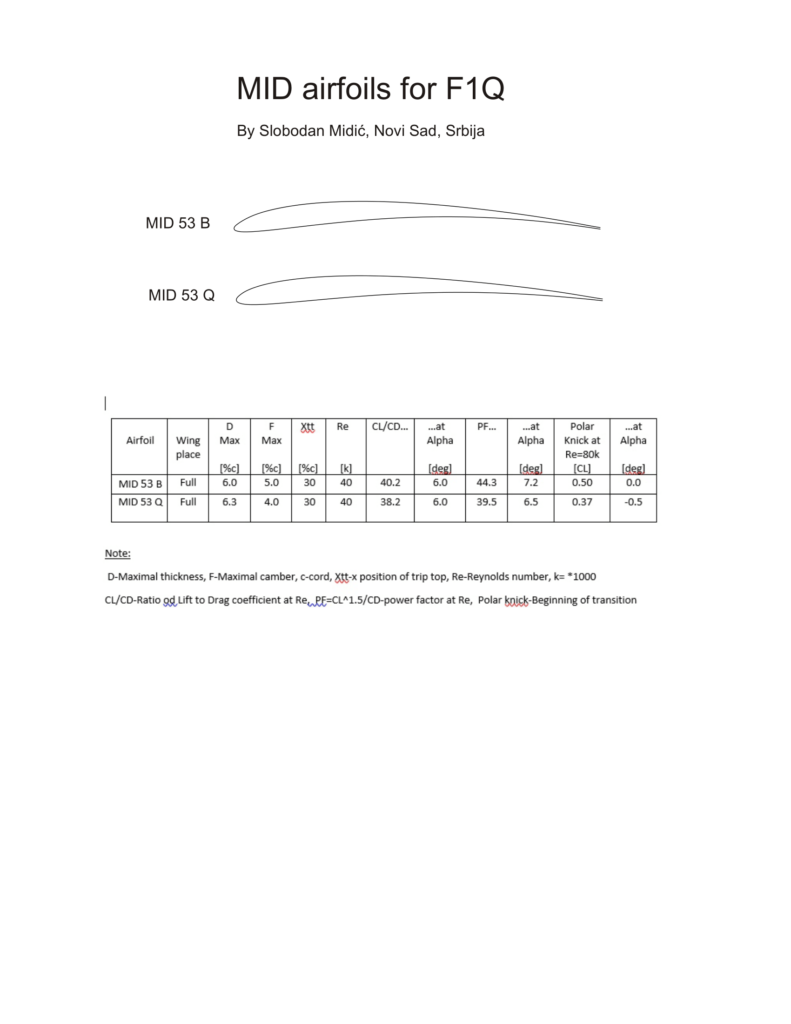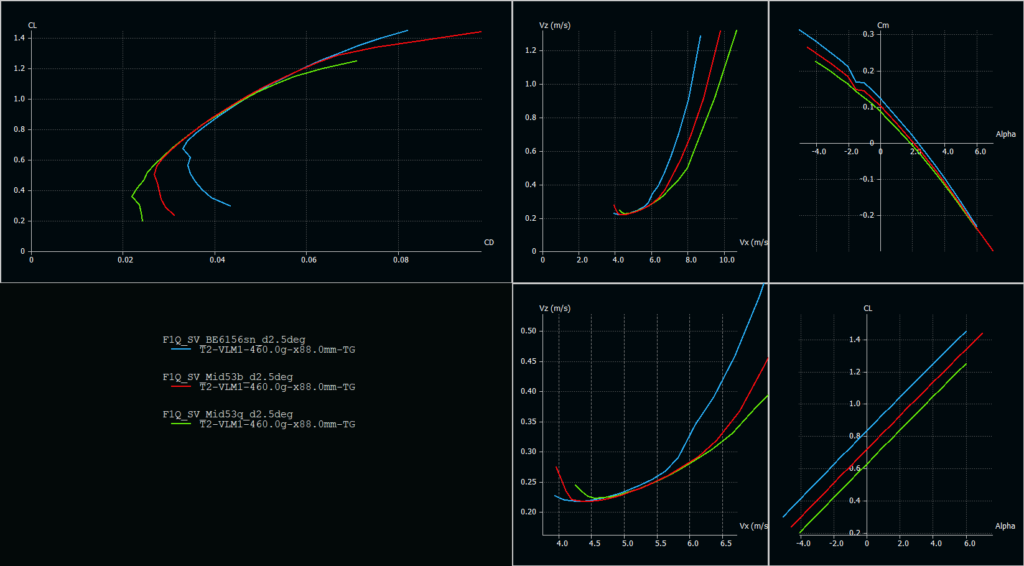Roger Morrell
Originally in SEN 3219. Reports on project to evaluate automated timing using an onboard flight recorder at the 2024 Feb Feb contests at Lost Hills . The follow World Cup events ; Kiwi Cup, North American Cup and Bob White Memorial MaxMen International.
About Time
The object of the About Time project is to investigate automated flight timing using an onboard flight recorder. The current certified flight recorders were originally intended to be altimeters but they accurately record altitude and time. The reason for doing this is because it is becoming increasingly difficult to run a major FAI Free Flight event due to the lack of experienced timekeepers and many mistakes are being made. The rule in the sporting code that permits a participant to challenge the time they were given in flyoff is a clear indication of that.
There are two additions made to the current certified altimeters. The first is to calculate the length of the flight. Currently when an altimeter is used to measure the length of a flight the graph of the flight is examined by a jury member who uses the change in altitude to pick the start and end time on the time axis. The change displays the flight time as a number which determines the start and stop by analysis of the flight data. The second addition is for the smart phone app that is part of the flight recording system to post the flight time and some additional information to the internet.
The testing being done at Fab Feb was to simulate possible use of this device in competition conditions and compare the result of the times from the traditional human timekeeper and the automated flight recorder as “operated” by a person we called the flight observer. The most obvious test was to see how the methods used to determine the start and end of the flight and hence the flight time compared with the human timekeeper. There are cases when the times might well be different and the model could fly out of sight of the human whereas the onboard recorder would keep recording the flight time. There are a number of issues around the model going out to sight with relation to sporting code definitions and some civil aviation regulations. That aspect will be covered separately (but we acknowledge that it must be covered). Also important was knowing whether the device was practical to use for the sportsman and for the event organizers.
The test started working with just one of the makers of a certified altimeter, Flying Neurons from France. Flying Neurons already had as part of their product suite the ability to report flight results on to a server on the internet. This was not exactly needed but the base was there so Flying Neurons developed the appropriate functionality with an API that they offered to other providers of flight recorders. This offer was taken up by the other maker of a certified altimeter, All-Tee. There was not quite enough time for All-Tee to get all needed changes fully integrated in time for Fab Feb but some All-Tee users took part in the test.
When it came to Fab Feb there were 140 entries overall in the event. 18 people said they were interested in taking part in the About Time test for all 3 events and a total of 35 in at least one event. When it came to the contest 12 people gave information on tests with the Neuron and 2 or 3 with the All-Tee. This is partly to do with people not knowing exactly what the test was all about. Another key factor was that the “post your score on the internet” feature was not ready in time for the All-Tee. But probably the most important was that people had Neurons and All-Tees ready to install and planned to do it and test it in the days before the contest started but were not able to do enough test flying and did not want to risk adding a new gadget into the aircraft just before an important World Cup event without doing some extensive testing.
Firstly in general the testing was very positive and no major issues were found. There were some discrepancies between the timekeeper and the flight recorder. The most valuable testing was done by USA F1A sportsman Brian Van Nest and his wife Janna who was his timekeeper. The input was from a contest in Arizona in January and repeated in the Kiwi Cup. In both cases the automated timing was a few seconds short. What was important is that the flight was less than a Max and the model landed quite close to the timekeeper so there was no question of the model being at the limit of the timekeeper’s vision. Brian was able to give Frederic from Flying Neurons additional information so the algorithm could be modified to take the particular circumstances into account. There is a condition that exists sometimes where the model is both sinking and flying more slowly than normal/expected when the model is in a particular ground effect condition. Brian also experienced another “impossible” condition on the first round of the North American where his model landed in the quarry pit just on the field side of Holloway Road. The model climbed significantly just before landing. This was because the model was slope soaring against the west-facing pit wall.
The first round conditions of both the North American and MaxMen had a west wind that took the models a distance of 2.5km, sometimes out of sight of the timer. Some circumstances are just too far away and sometimes behind an obstacle. In my own case in the MaxMen I picked my model up in the quarry pit behind the RV campsite. When I got to my model It was obvious to me that even if I made the 4 minutes there was no way that the timekeeper could have seen the model because of the RVs and pile of earth from the quarry even if I made the max before going “ underground”. My official timer got me at 238 seconds while the Mini-Neuron got me at 250 seconds. .
No difficulty was reported in sending in the results to the server on the internet or using the devices in general.
There was one case where a user reported that it was necessary to completely disconnect the battery from his electronic timer, not just switch it off and on, before starting the next round. In this case the Neuron was powered from the model’s electronic timer. This was investigated by Frederic who found that this situation was created by the particular wiring used in this case interacting with the Neuron’s start up process. This problem could be avoided by a software change in the Neuron or a different power setup.
So it was invaluable to have Frederic on the field. We learned that there are some changes needed in the end of flight process and the reset. It is possible that other sites may have idiosyncrasies different from those at Lost Hills that need further analysis and development. More tests need to ne done at other places and I’m sure that having Allard from All-Tee and Frederic again will be invaluable in sorting out a few more issues.
So what now
At Neuron they have changes planned to improve the determination of the end of flight and anything else learned from this test.
All-Tee needs to make any adjustments too and make the logging of the flight time on the internet.
As a Neuron user I have a suggestion for their Smart Phone App. With the App when you are looking for your model you see all the Neurons and Mini-Neurons in the area. It is an advantage to be able to see other flyers (their Neurons) and models (their Mini Neuron) but at an event like the World Champs or Fab Feb with lots of people the screen is overcrowded so it would be nice to have as an options to only see selected people, such as your team mates.
What else ?
Currently the Neuron does not know the current Max Time for the round (which may change during the contest!). There is a relationship defined between the Neuron or All-Tee and the flyer using the flyer’s FAI ID , which is a unique identifier. What would be good would be a unique identifier defined between the event and its organizer. This could be held in the event records on the internet making them easier to find.
It is the responsibility of the event organizer to run the event and maintain the official record of the scores. There are actions to do with running the event such as setting the Max Time, round start and stop, poles, flight lines, Q energy allocation and declaration of an attempt and disqualification that have to be set by organizer. We can see where this kind of information could or should be shared. We need to look how we would do that. The object of this work is to make it easier, or in an extreme case possible, to run one of these events, not to make it harder. Finding good time keepers is the most difficult thing for an event organizer to do; this must help doing that.
The About Time project deliberately focused on getting the flight time. The most difficult thing to time is the motor run. It is generally believed that some form of additional sensor will be required to time an F1C motor run. There may be a person in the F1C community who wants to work with a supplier of certified devices to help fund the development of a motor run sensor. Similarly some consideration possibly could be given to interfacing with an F1Q energy limiter. In both the F1C and the F1Q cases an attempt condition can be detected before the flight is finished and it would be good notify the flyer of that ASAP so that another attempt can be made. It is no doubt that the timing of the F1C motor run is one of the most difficult and contentious challenges in FAI Free Flight.
In the current project some of the Fab Feb organizers created the project and provided Neurons with some funding for part of the project because they believed that this activity was essential for the survival of FAI Free Flight. And it was in the spirit of that the Neurons API and access to the internet server access was made available to other suppliers of other certified devices.
What was the biggest surprise
The biggest surprise was not the high quality of the on-board flight recording but rather the number of errors in the manual timing. This is not a criticism of the individuals who timed flights because after all if someone did not time the flight we would not have any contests. We have high performance models. We try very hard to make them fly well. Under some conditions they out-fly our timekeeper and our flying sites. We do the best we can to manage that. We put a lot of pressure on our time keepers, I have seen a very popular F1C flyer say when allocated a timer – “I’m a world champion, I’m not going to have that old lady time my model”. I ‘ve seen a CD juggle the “random” allocation of time cards in a flyoff to make sure that “a top level visiting sportsman” got a timer with good eyes.
In the F1B flyoff for the North American there was one incident that I call the Jerry Fitch incident . Jerry is a very good F1B flyer, the 1995 World Champ, and even though it was a while back Jerry is still doing very well. At the end of last year he got extra interested in onboard flight recording in his model. This meant besides his timer which had an altimeter, he also had an All-Tee and a Mini Neuron in the model. He was in the North American flyoff and on launch his model went off pattern and did not climb as well as it should have but still flew well. He was somewhat surprised to be told that he won! If you go and look at the final results you will see that his time was 356, a good time but down in 14 th place and less than the 444 Blake Jensen, the winner, got. Jerry being a sportsman in the true sense of the word went to see the contest director with his 3 altimeters that had the time of 356, not the time he was originally given . His model is a slinky black model and with only a 7 second flyoff window out of which comes at least 2 minutes for winding, 23 people launched together in a small space of time – and the timekeepers timed the wrong model. This was not a case of some rich dude with an extra fancy toy that moved himself up. It someone who did the right thing with the help of an altimeter and moved 13 other people up.
There was another interesting lesson for in the Kiwi Cup F1A 8-minute fly off. I was contacted by one of the timekeepers who was very upset because he and the timekeeper of another flyer had both timed the wrong model. He had realized not long into the flight but it was too late. And observers had believed that his man had probably won. It turned out that the other sportsman mis-timed had a certified altimeter but not this second flyer. Getting the jury together, we found that the first contestant had an M&K non-certified altimeter. We asked the contestant to bring us his model immediately on retrieval, which he did, and he read out the altimeter reading showing how he had done 7 minutes 20 seconds. This display was a little complicated. One of the jury members was a very experienced glider flyer but not at all familiar with the M&K altimeter. I was not fully comfortable with the reading so got the help of a top F1A flyer who was very familiar with M&K’s technology and not directly involved. This flyer used a different way of expanding the graph to get more detail and came up with a reading of 7 minutes and zero seconds. I was more comfortable with this reading. It did not make a difference to the final results as the flyer still won the event and the jury agreed we had a sporting result. What it did show to me was the difficulty in dealing with a non-standard and non-certified device that did not did not display the time clearly and required interpretation, possible difficult for a timer or flight observer. The second flyer who was mistimed was much easier as this person had a certified altimeter that was easier to read and it placed him in 4th place, just off the podium.
BVLOS [Beyond visible line of sight]
The Sporting Code talks about timing our models within visual line of sight and there is sometimes discussion around this. In some places it specifies the power of binoculars that are permitted or required and in other places civil regulations may specify unaided line of sight . Does that mean glasses are permitted or not? We never intentionally fly our models out of sight. We do have the technology to geofence to possibly keep the model within a perimeter or distance from the start line. This would probably require some form of GPS technology. I’m just a simple sportsman focusing for starters in the issue of timing. I await guidance from others on the rest.
The next step
The Neuron and All-Tee systems are ready to be used for timing in a contest. There is some clean up to be done based on all the above. I suggest that a contest director work with the FFTSC to agree on a scheme permitting its experimental use. Some more practical field work like this is needed before formal changes to the sporting code is developed. The About Time process would be used by those participants who wanted to try it. Don’t know if our October friends, Sierra and Kotuku, want to try it – we have not discussed it. Perhaps someone in another part of the world?

